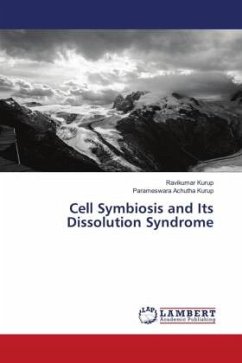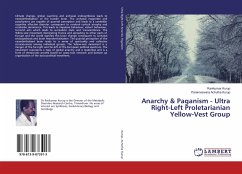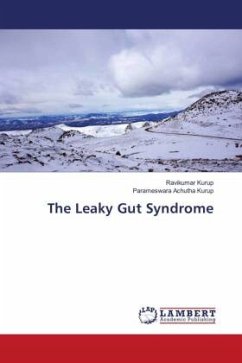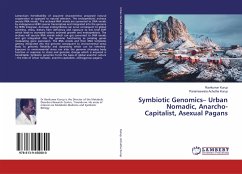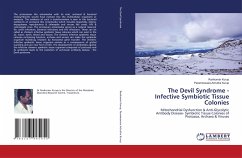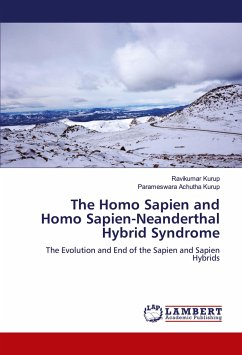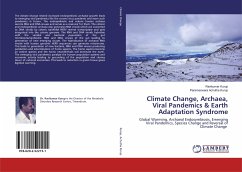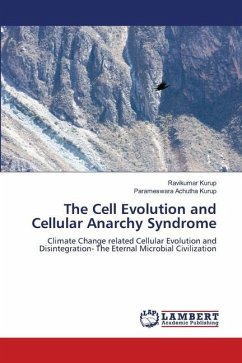
The Cell Evolution and Cellular Anarchy Syndrome
Climate Change related Cellular Evolution and Disintegration- The Eternal Microbial Civilization
Versandkostenfrei!
Versandfertig in 6-10 Tagen
64,99 €
inkl. MwSt.

PAYBACK Punkte
32 °P sammeln!
Global warming leads to endosymbiotic archaeal growth. The endosymbiotic archaea produces methane by methanogenesis contributing to global warming. The endosymbiotic archaea develops into cell organelle called archaeaons which can function as vitaminocytes, neurotransminoids, steroidelle and viroidelle creating newer cell organelle and endogenous synthetic biology. This changes the cell and tissue function and structure leading on to a new human phenotype called homo neoneanderthalis. The homo neoneanderthalis is a hardy species which can resist climate change and thrive in environments of hig...
Global warming leads to endosymbiotic archaeal growth. The endosymbiotic archaea produces methane by methanogenesis contributing to global warming. The endosymbiotic archaea develops into cell organelle called archaeaons which can function as vitaminocytes, neurotransminoids, steroidelle and viroidelle creating newer cell organelle and endogenous synthetic biology. This changes the cell and tissue function and structure leading on to a new human phenotype called homo neoneanderthalis. The homo neoneanderthalis is a hardy species which can resist climate change and thrive in environments of high temperature, high atmospheric carbon dioxide and water shortage. They are indications of the unraveling of the symbiotic cell structure. The detection of free mitochondria, endosymbiotic archaea, endogenous retroviral particles and cell-free DNA may indicate unraveling of the symbiotic cell leading to cellular anarchy. This will result in the end of the human species and an eternal microbial civilization.



